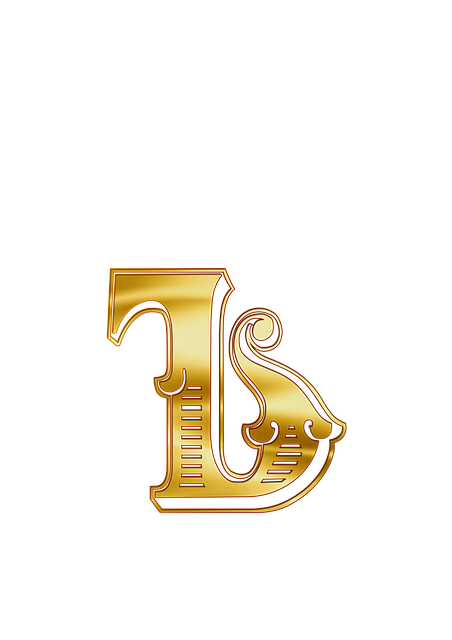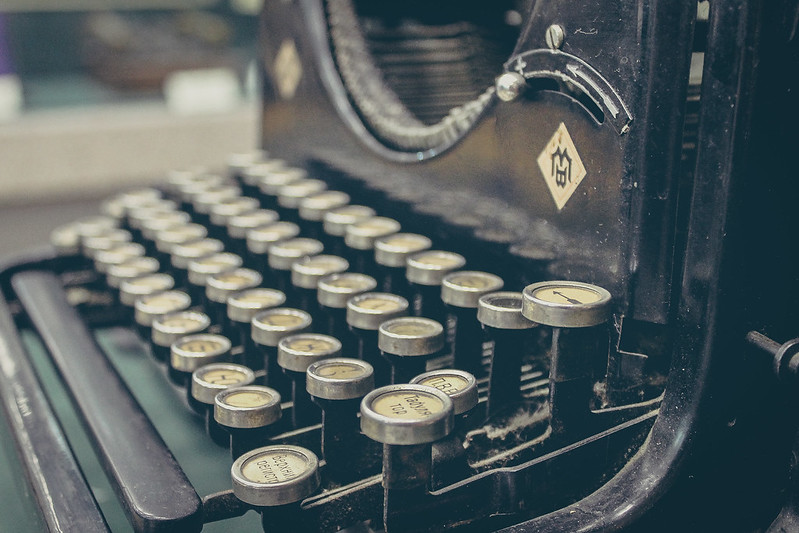Твёрдый знак (hard sign): a case study in Russian language reforms Posted by bota on Jul 2, 2020 in Grammar, History
Last month we looked at мягкий знак (soft sign) and the rules that govern its proper use. In this blog, let’s explore the other unusual letter of the Russian alphabet: твёрдый знак (hard sign).
Твёрдый знак “ъ” is the 28th letter of the Russian alphabet and similar to the soft sign, it doesn’t carry its own phonetic meaning. The hard sign separates prefixes ending on consonants from morphemes that begin with е, ё, ю, я by bringing out the “й” between the consonant and the palatalized vowel.
Compare the following two words:
Сел [sel] (past tense of the verb сесть, as in он сел на диван = he sat on the couch)
Съел [sjel] (past tense of the verb съесть, as in он съел весь арбуз = he ate the whole watermelon)
Твёрдый знак inside the word “съел” changes both the meaning and the pronunciation of the verb.
Hard sign usage rules are generally easy to follow. The big one to remember is that “ъ” is only used after the letters е, ё, ю, я and in the following situations:
- After prefixes that end on consonants (including prefixes that with time became part of the root):
ПОД-
Подъём (ascent)
ОБ-
Объедине́ние (union)
ПРЕД-
Предъявля́ть (to show)
РАЗ-
Разъясни́ть (to explain)
СВЕРХ-
Сверхъя́ркий (very bright)
МЕЖ-
Межъязыково́й (interlingual)
- In compound words after numerical morphemes двух-, трёх-, четырёх-
Двухъя́русный (EXCEPTION: двуязы́чный)
Трёхъязы́чный (trilingual)
Четырёхъя́русный (four-tier)
- After foreign prefixes that end on a consonant:
ин- инъе́кция (injection)
об- объе́кт (object)
пан- панъевропе́йский (pan-European)
суб- субъе́кт (subject)
транс- тра́нсъевропе́йский (trans-European)
Here is when to NOT use the hard sign:
- Hard sign is not used in clipped compounds (сложносокращённые слова), for example:
Минюст (министе́рство юсти́ции) – Department of Justice
Иняз (Институ́т иностра́нных языко́в) – Language Institute
Детясли (де́тские я́сли) – nursery
- Hard sign is never written before the vowels а, и, о, у, ы, э.
Трёхэта́жный дом (three-story house)
Безопа́сный (safe)
Обуче́ние (educational training)
- Hard sign is also never written in hyphenated words:
Пол-Европы (half of Europe), пол-яблока (half an apple)
Твёрдый знак was part of the alphabet proposed by the Saints Cyril and Methodius (Кирилл и Мефодий), though speculations vary as to the original purpose of “ъ” or “еръ”. Some argue that the hard sign served as a sort of separation sign between words. Others claim the sign was a way to avoid ending words on consonants and, later on, to identify masculine gender.
Most critics of the hard sign were concerned with how expensive it was to keep it: a Russian writer Lev Uspensky calculated that an extra 8.5 million pages were being printed annually just because of the hard sign. So, when the Bolsheviks were conducting a number of linguistic reforms in 1917, the rules about the usage of the hard sign changed: “ъ” at the end of the word was banned. As part of the reform, many typewriter manufacturers of the time were instructed to abandon the hard sign key altogether, so when people had to use the hard sign inside a word, they had to substitute it with an apostrophe. Therefore, a number of publications that went into print had the apostrophe sign instead of the “ъ”.
Russian poet Konstantin Balmont’s remark on the matter paints a curious picture on what many thought of the world without the hard sign at the time: “Слово без твёрдого знака на конце похоже на собаку с отрубленным хвостом”. (“A word without the hard sign at the end is akin to a dog with a chopped tail”.) Obviously, the hard sign is still very much part of the Russian language, though speculations about the future of this letter have a place to be. I certainly have always wondered why the Russian keyboard on my phone has the hard sign “hidden” behind the soft sign. It can only be accessed by pressing and holding the soft sign button. Do you think this layout will gradually nudge us to move away from using the hard sign completely or will твёрдый знак carry on?

Build vocabulary, practice pronunciation, and more with Transparent Language Online. Available anytime, anywhere, on any device.






Comments:
David W Roberts:
Ocen polezniy post! One correction (I think): “The big one to remember is that “ъ” is only used after the letters е, ё, ю, я” – “after” should be “before”. Although as you say ъ is an endangered species in Russian, it’s very much alive in Bulgarian (български), where it’s used as a vowel (for the sound similar to the e in Liverpool or the first e in Birkenhead). Do you think it would make sense to have a generic Cyrillic keyboard that you could use for Ukrainian, Bulgarian, Russian, Serbian…?
bota:
@David W Roberts Hi David! Yes, you are absolutely right – I meant to say “ъ” is used before the letters е,ё,ю,я there. Thank you for the correction. And thank you for the note on the Bulgarian “ъ”. You pose a very thought-provoking question about the “generic Cyrillic keyboard” and I would like to research the topic before giving a full answer. But, my gut reaction would be to say that trying to make anything “generic” might be tricky when it comes to Cyrillic keyboards and languages that rely on Cyrillic script since there are letters that are different in these languages (like the Ukrainian Ґґ, Єє, Іі, and Її which are not used in Russian). Likewise, I would like to see if there are different layouts of Cyrillic keyboards within the languages and what people of the internet have to say about them. (For example, ЙЦУКЕН/JCUKEN vs ЯВЕРТЪ/QWERTY). So, to be continued)))
David W Roberts:
@bota Yes I’ll be interested to know what you find out about different Cyrillic layouts. I guess a “pan-Cyrillic” keyboard would need to have about 40-45 characters – I think Serbian has some more extra. A universal keyboard in the latin alphabet would be much more of a challenge.#